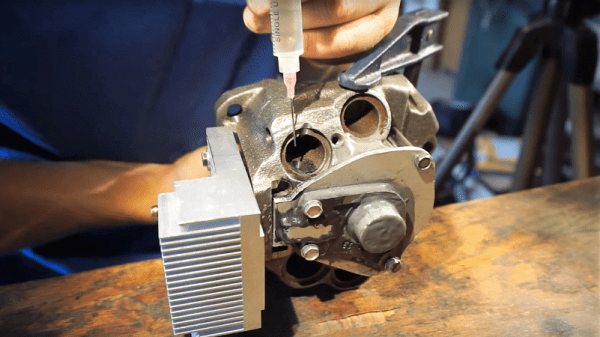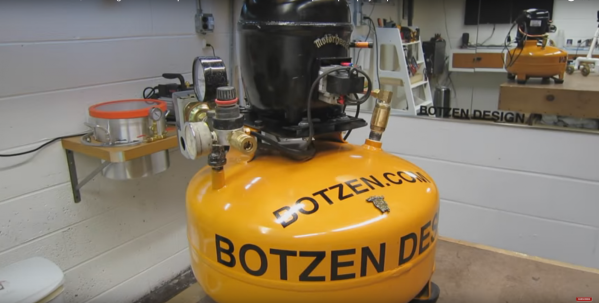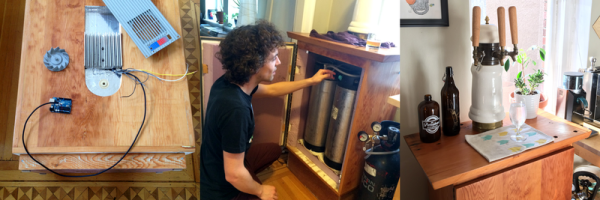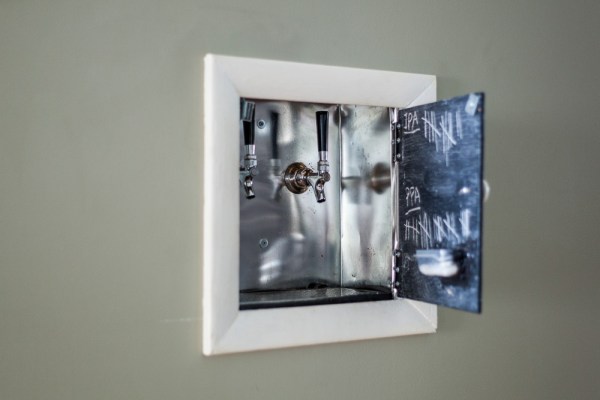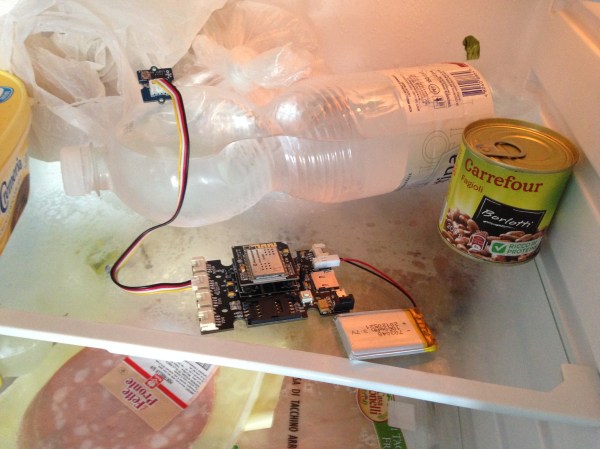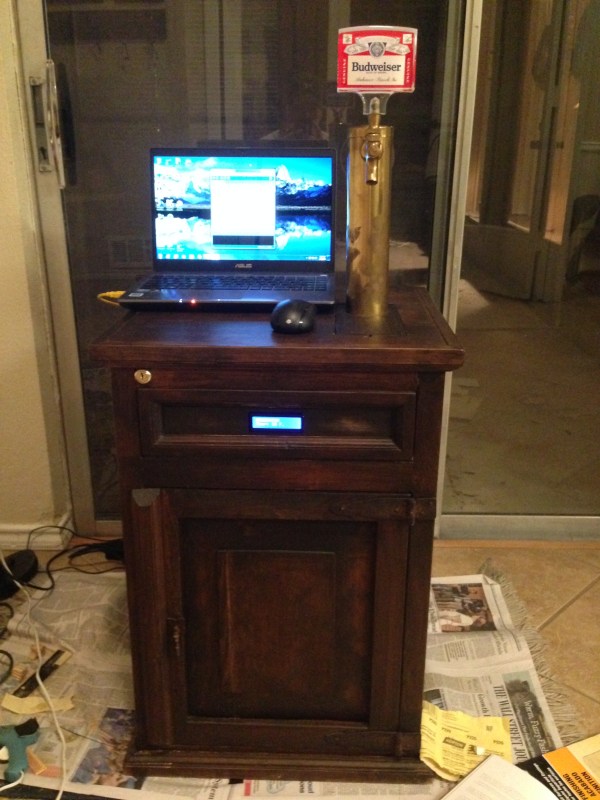We like this one because it has a real Junkyard Wars feel to it: turning a cast-off fridge compressor into a two-stroke internal combustion engine. [Makerj101] is doing this with tooling no more complicated than a hacksaw and a hand drill. And JB Weld — lots and lots of JB Weld.
[Makerj101]’s video series takes us through his entire conversion process. Despite the outward similarity between compressors and engines, there are enough crucial differences to make the conversion challenging. A scheme for controlling intake and exhaust had to be implemented, the crankcase needed to be sealed, and a cylinder head with a spark plug needed to be fabricated. All of these steps would have been trivial in a machine shop with mill and lathe, but [Makerj101] chose the hard way. An old CPU heat sink serves as a cylinder head, copper wire forms a head gasket and spacer to decrease the compression ratio, and the old motor rotor serves as a flywheel. JB Weld is slathered everywhere, and to good effect as the test run in the video below shows.
Think you recognize [Makerj101]? You probably do, since we featured his previous machine shop-less engine build. This guy sure gets his money’s worth out of a tube of JB Weld.
Continue reading “Fridge Compressor To 2-Stroke Engine: JB Weld For The Win”

